Text
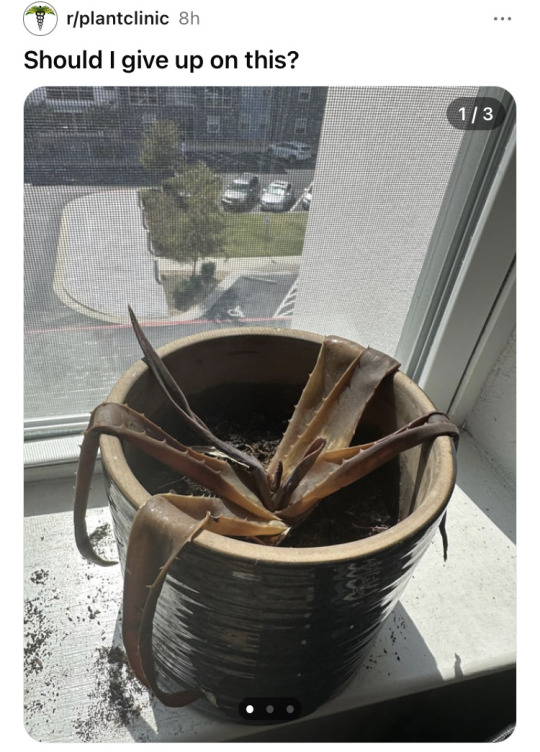
i’m crying this is the deadest plant i’ve ever seen
59K notes
·
View notes
Note
can you talk about moss poaching i'm actually really curious
How can I refuse! Absolutely!!! It sounds kind of ridiculous, but it's actually very sad.
So, let's start off with some numbers. Every year, the moss black market is estimated to garner up to $165 million for trafficking approximately 82 million pounds of moss.
I cannot even wrap my mind around how much moss that is.
You might ask, why does moss poaching exist and why is it so lucrative? Well, the quality that has made mosses the prey of an illegal trade is simply their aesthetic appeal. Soft, velvety, and moist, mosses are extremely pleasant to the touch and calming to look at. Some people are willing to pay large amounts of money to collect them and put them in private gardens. However, most of the mosses that move in this underground black market are actually sold to companies/wholesalers for use in potting/gardening soil, plant nurseries, decor, and as craft materials. The majority of the preserved mosses in your run-of-the-mill chain craft store, planters, floral wreaths, or very-much-dead living wall decorations are gathered illegally, bleached to death, and then dyed green. This goes for a lot of prepackaged peat moss and soil mix blends as well.
Even though it is illegal to gather moss in public places (in the US, at least), people still harvest it. Why? Probably because there's a fair amount of money to be made and the consequences are very rarely enforced, and when they are, they are quite light--usually a $50 fine at worst if you're caught. Most of this black market moss is actually poached from the national park system, with Appalachia and the Pacific Northwest usually being the hardest hit regions.
Mosses play vital roles in many ecosystems, provide homes for threatened species, regulate water distribution in forests, and help with erosion, so their loss is a terrible blow. Additionally, moving such large quantities of mosses from one location to another may spread unwanted, invasive hitchhikers, like insects that lay their eggs in the plants, or even seeds and spores.
I'll end on this thought:
It can take 20 years for a small patch of moss removed from a fallen tree to grow back with the right moisture conditions.
How long would it take to regrow 82 million pounds?
6K notes
·
View notes
Text
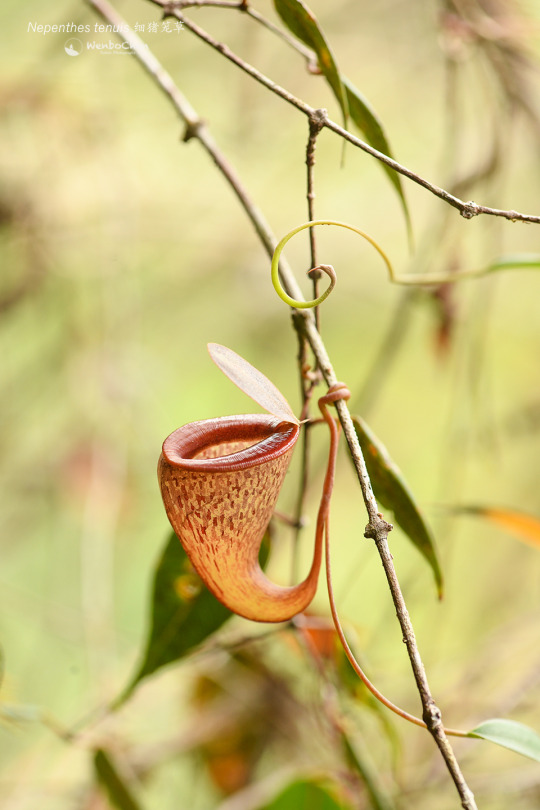
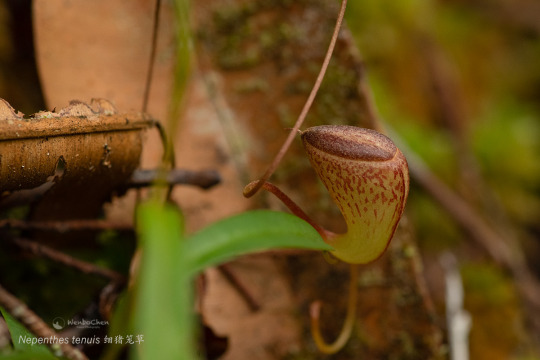


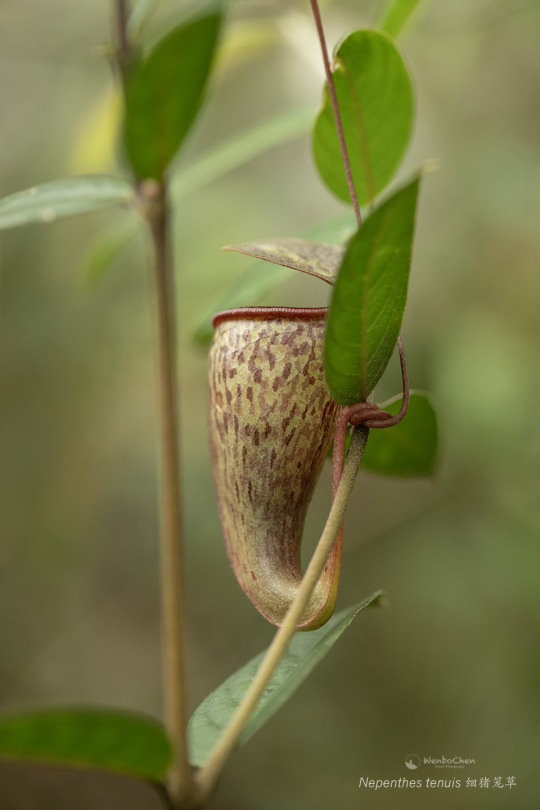
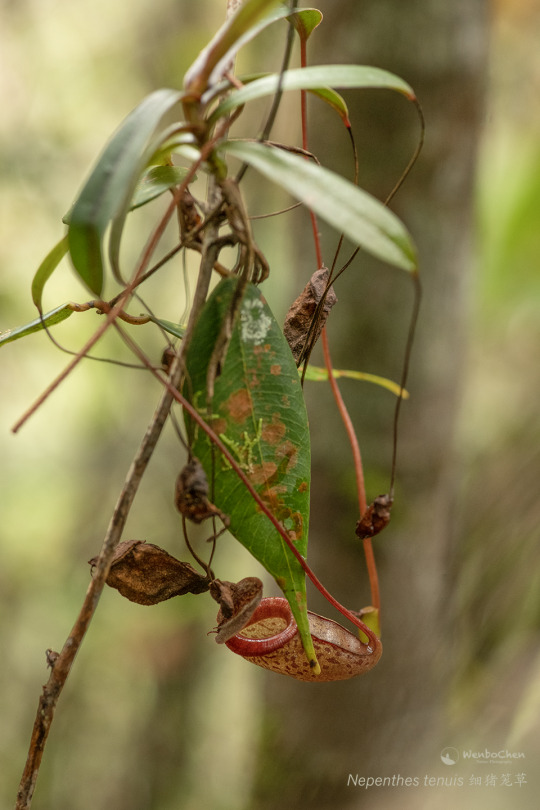

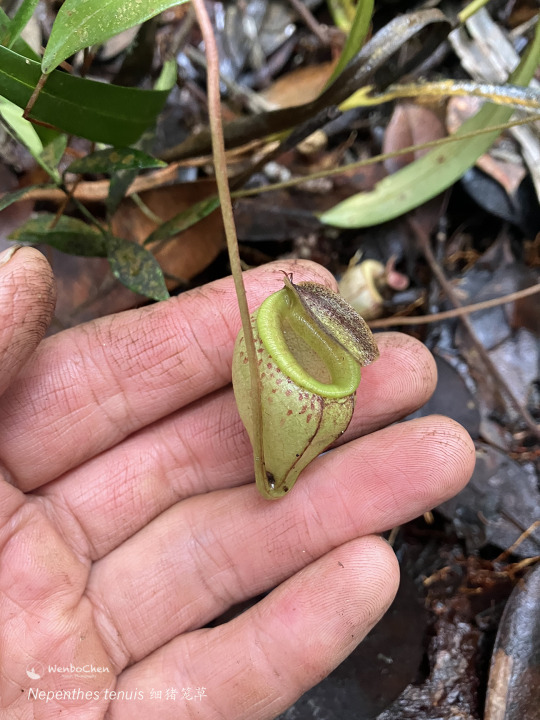

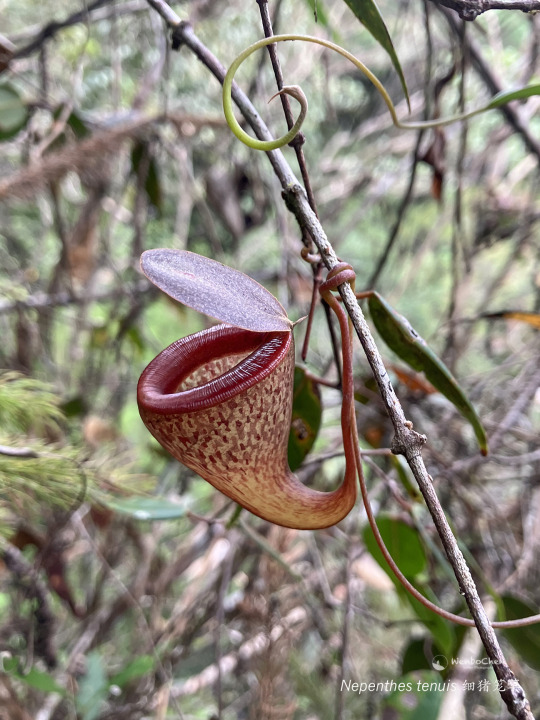



Nepenthes tenuis is the second smallest species in its genus (pitcher size), endemic to West Sumatra, and only rediscovered in the wild in 2002. Occurs in mossy forests above 1000m, endangered.
1K notes
·
View notes
Text
By Patrick Barkham
The Guardian
May 27, 2023
York groundsel was a cheerful yellow flower that slipped into global extinction in 1991, thanks to overzealous application of weedkiller in the city of its name.
But now the urban plant has been bought back to life in the first ever de-extinction in Britain, and is flowering again in York.
The species of groundsel was only ever found around the city and only evolved into its own species in the past century after non-native Oxford ragwort hybridised with native groundsel.
York groundsel, Senecio eboracensis, was discovered growing in the car park of York railway station in 1979 and was the first new species to have evolved in Britain for 50 years, thriving on railway sidings and derelict land.
But the new plant’s success was short-lived, as urban land was tidied up and chemicals applied to remove flowers dismissed as “weeds”.
It was last seen in the wild in 1991. Fortunately, researchers kept three small plants in pots on a windowsill in the University of York. These short-lived annual plants soon died, but they produced a precarious pinch of seed, which was lodged at Kew’s Millennium Seed Bank.
Andrew Shaw of the Rare British Plants Nursery had a vision to bring the species back to life, but when tests were carried out on some privately held seeds very few germinated successfully.
So Natural England, the government’s conservation watchdog, quickly authorised a de-extinction attempt via its species recovery programme, which has funded the revival of the most threatened native species for 30 years.
“The Millennium Seed Bank said the seed was getting near the end of its lifespan and so we thought we would only have one more chance of resurrecting it,” said Alex Prendergast, a vascular plant senior specialist for Natural England.
Natural England paid for a polytunnel at the Rare British Plants Nursery in Wales, where 100 of the tiny seeds were planted. To the botanists’ surprise, 98 of the seeds germinated successfully. The polytunnel rapidly filled with a thousand York groundsel plants.
In February six grams of seed – potentially thousands of plants – were sown into special plots around York on council and Network Rail land.
This week, the first plants in the wild for 32 years began to flower, bringing colour to the streets and railway sidings of York.
This de-extinction is likely to be a one-off in this country because York groundsel is the only globally extinct British plant that still persists in seed form and so could be revived.
But Prendergast said the de-extinction showed the value of the Millennium Seed Bank – to which plenty of York groundsel seed has now been returned – and there were a number of good reasons for bringing the species back to life.
“It’s a smiley, happy-looking yellow daisy and it’s a species that we’ve got international responsibility for,” he said.
“It only lives in York, and it only ever lived in York. It’s a good tool to talk to people about the importance of urban biodiversity and I hope it will capture people’s imagination.
“It’s also got an important value as a pollinator and nectar plant in the area because it flowers almost every month of the year.”
11K notes
·
View notes
Photo

The saguaro cactus, seen in the Hall of Botany, is native to the Sonoran Desert in Arizona and does not grow anywhere else in the world.
(photo by Hayley Pontia)
5K notes
·
View notes
Text

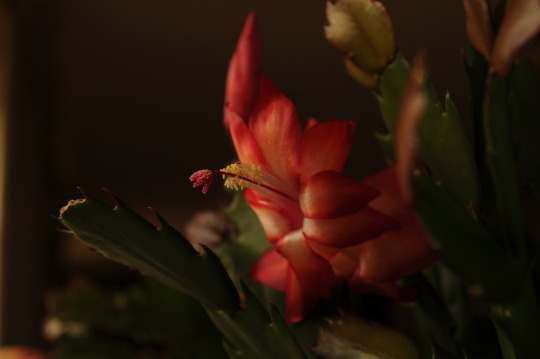
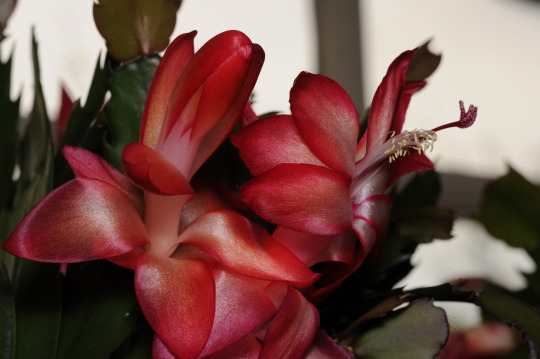


#original photos#zygocactus#cacti#cacticollection#cactigarden#my cacti#my plants#plant#plant blog#plantblr#plantcore#flowers#growth update
4 notes
·
View notes
Text

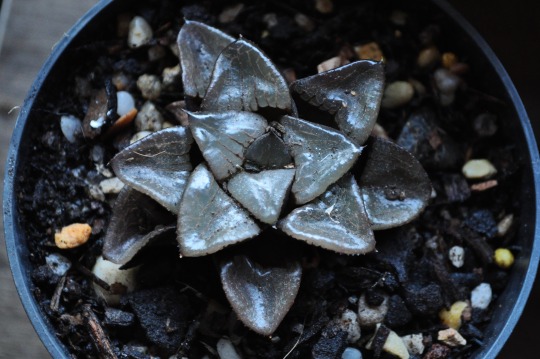
#growth update#haworthia#original photos#plantcore#plant blog#plant#plants#my plants#succulent#succulents#succulents and cacti#my cacti#cacti#cacticollection#cactigarden#plantblr
3 notes
·
View notes
Text

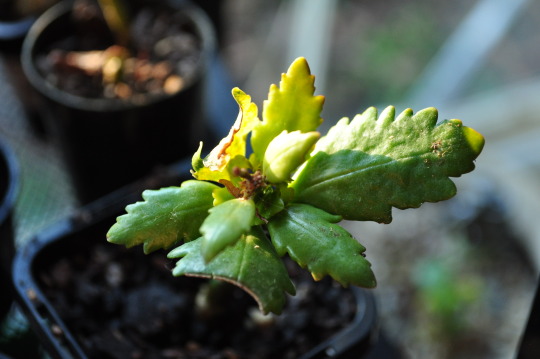
#original photos#plantcore#plant blog#plant#plants#my plants#succulent#succulents#succulents and cacti#my cacti#cacti#cacticollection#cactigarden#plantblr
0 notes
Text


#growth update#original photos#plantcore#plant blog#plant#plants#my plants#succulent#succulents#succulents and cacti#my cacti#cacti#cacticollection#cactigarden#plantblr
22 notes
·
View notes
Text
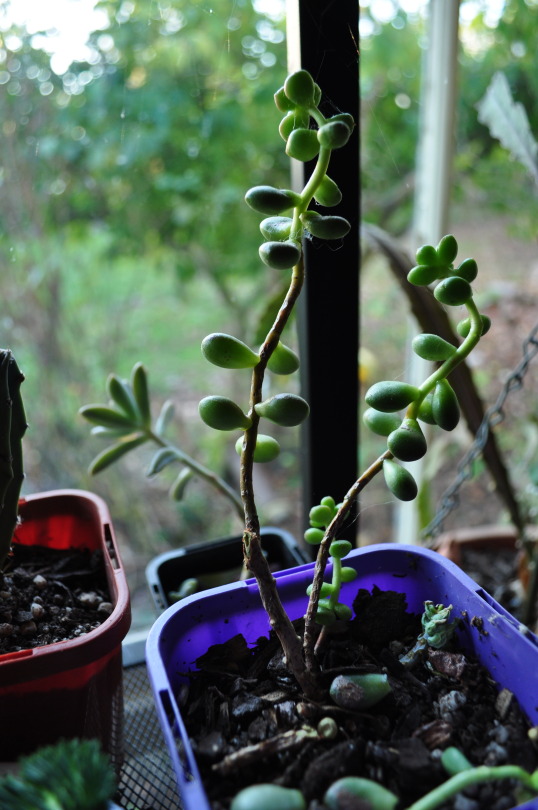
Don't tell the others, but this guys my favorite.
#original photos#plantcore#plant blog#plant#plants#my plants#succulent#succulents#succulents and cacti#my cacti#cacti#cacticollection#cactigarden#plantblr
1 note
·
View note
Text


dugtrio :)
#growth update#lithops#original photos#plantcore#plant blog#plant#plants#my plants#succulent#succulents#succulents and cacti#my cacti#cacti#cacticollection#cactigarden#plantblr
2 notes
·
View notes
Text

#euphorbia somona#original photos#plantcore#plant blog#plant#plants#my plants#succulent#succulents#succulents and cacti#my cacti#cacti#cacticollection#cactigarden#plantblr
35 notes
·
View notes
Text

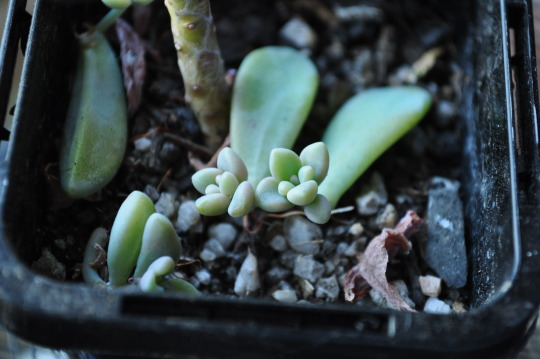
#propagation#original photos#plantcore#plant blog#plant#plants#my plants#succulent#succulents#succulents and cacti#my cacti#cacti#cacticollection#cactigarden#plantblr
48 notes
·
View notes
Text

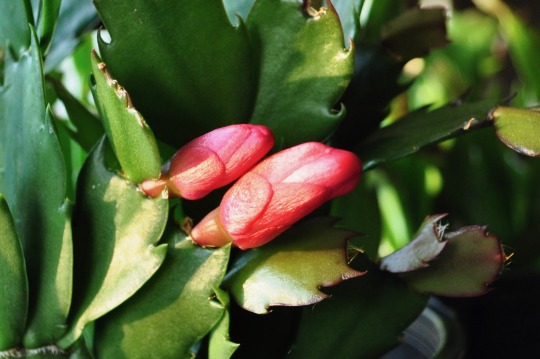

soon...
#flowers#zygocactus#original photos#plantcore#plant blog#plant#plants#my plants#succulent#succulents#succulents and cacti#my cacti#cacti#cacticollection#cactigarden#plantblr
10 notes
·
View notes
Photo
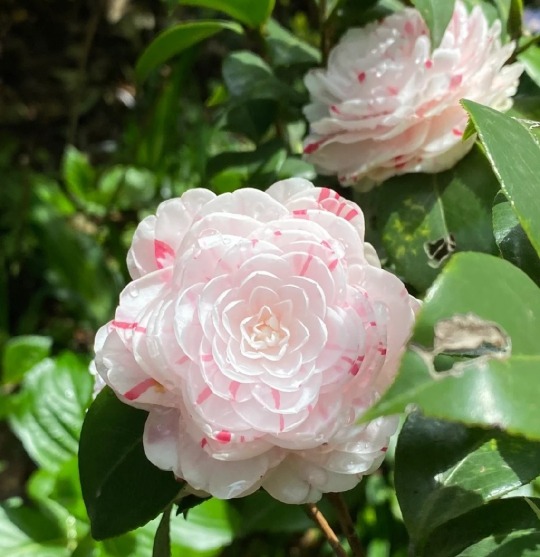
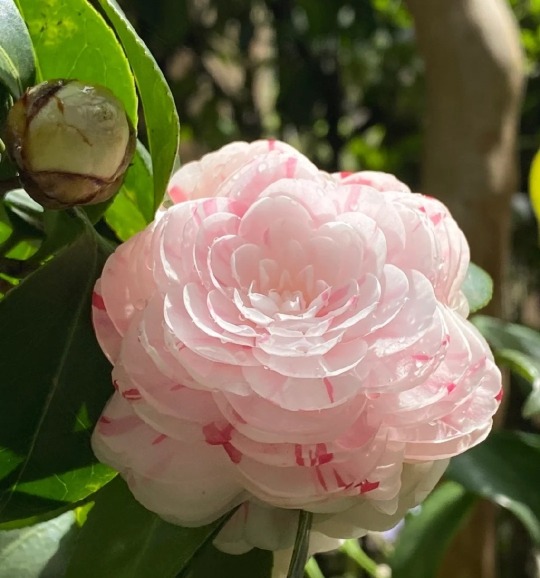

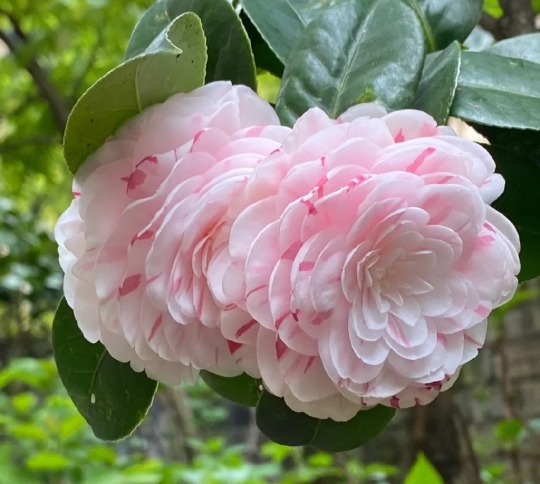
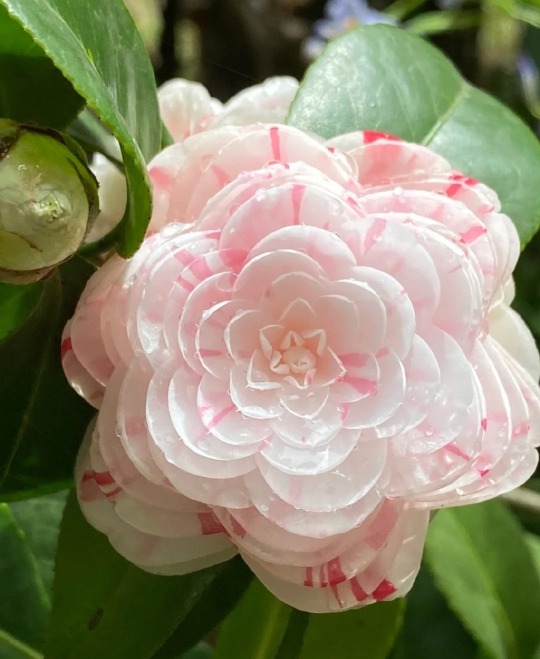
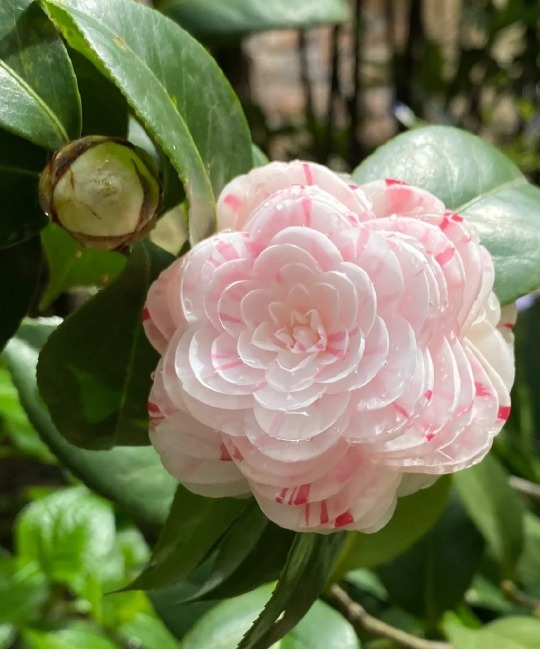
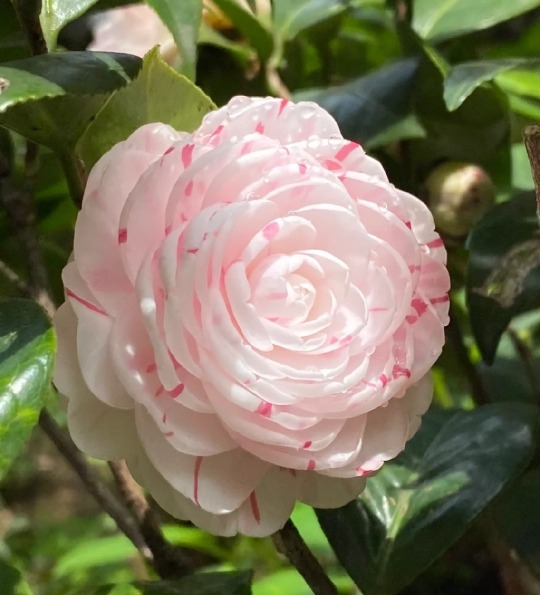
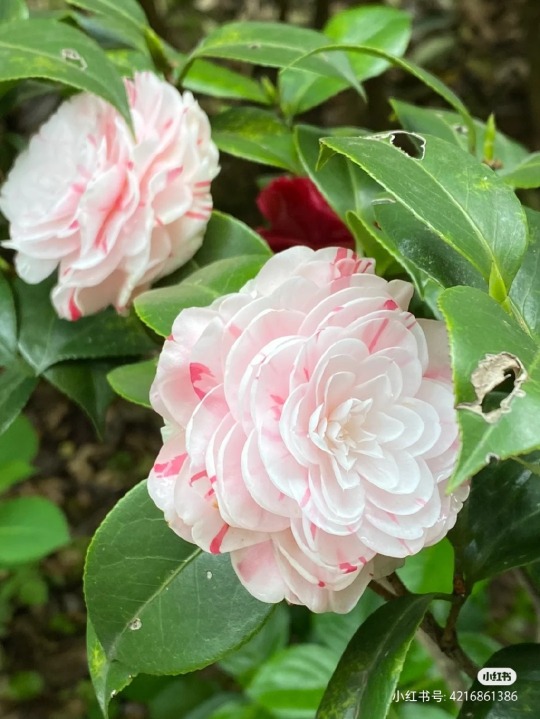

Camellia sinensis, Chinese variety, 十八学士shi ba xue shi (eighteen scholars)
48K notes
·
View notes